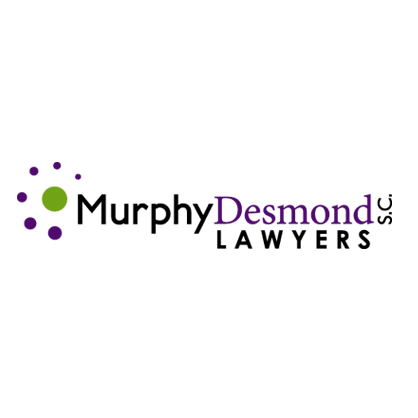Wisconsin Small Businesses and the PPP Loan Forgiveness Application
On May 15, 2020, the Small Business Administration (SBA) released the Paycheck Protection Program (PPP) Loan Forgiveness Application, which includes detailed instructions on how to complete the form. On May 22, 2020, the SBA released additional guidance related to the forgiveness application.
PPP borrowers can apply for forgiveness after their eight-week covered period expires. The covered period usually begins from the date the borrower received the PPP loan funds, unless the borrower is able to elect the recently allowed alternative covered period.
Borrowers who have laid-off employees may want to wait until after June 30, 2020, to file for forgiveness. That gives the employer the full amount of time to bring back workers and not suffer reduced forgiveness.
What happens after an employer submits a PPP Loan Forgiveness Application?
Once the borrower has filed the forgiveness application, the lender has 60 days to decide whether to approve forgiveness. The SBA has 90 days to review the lender's forgiveness determination and decide whether to overturn the lender's forgiveness determination in whole or in part. If the SBA overturns the forgiveness determination in whole or in part, then the borrower will be obligated to repay the loan under the two-year repayment term.
If there are any unforgiven amounts, the borrower shall repay that money over a two-year period at an interest rate of 1%. Payments will begin six months after borrower received the loan funds.
As such, borrowers will want to apply at least 60 days prior to the end of the six-month deferral period to ensure they are not saddled with any unnecessary debt.
What has changed since businesses applied for the PPP loan?
One major point included in the instructions on the PPP Loan Forgiveness Application is an alternative covered period. It allows employers with bi-weekly (or more frequent) pay periods to start their eight-week covered period to align with their pay periods, rather than starting on the date they received the PPP loan funds.
Borrowers also received clarification on which payroll costs will be forgiven. Payroll costs incurred during the eight-week covered period are forgivable, even if the payment to employees is made after the eight-week covered period lapses.
Borrowers learned that mortgage interest and rent payments cover both real and personal property, which provides borrowers with additional flexibility in how to spend PPP loan funds.
Similar to payroll costs, eligible non-payroll costs are forgivable if they are either paid during the eight-week covered period or incurred during the eight-week covered period and paid on the next regularly scheduled payment due date.
For more information, the U.S. Treasury has a frequently asked questions section on its website.
Wisconsin business lawyers who can help employers with the PPP Loan Forgiveness Application
Murphy Desmond is available to assist you with your PPP loan question or other financial assistance programs available in Wisconsin during COVID-19. We have offices in Madison, Janesville, Appleton, and Dodgeville, Wisconsin. Please contact us at email@murphydesmond.com or 608.257.7181.
Updated May 28, 2020

